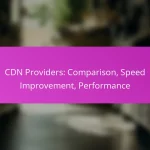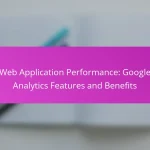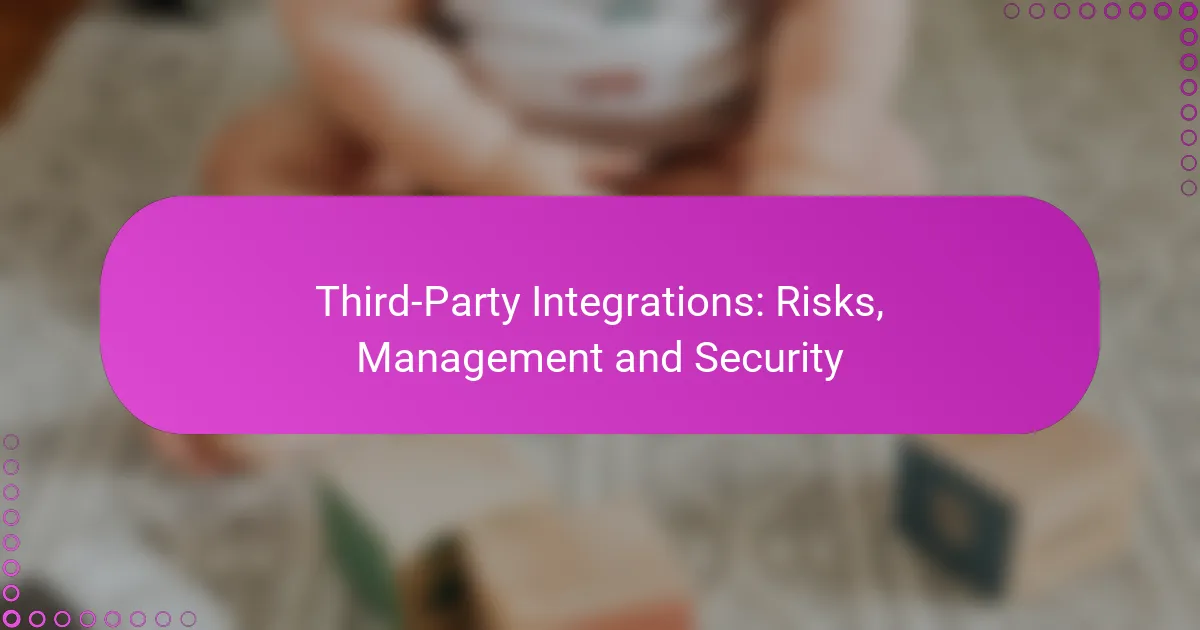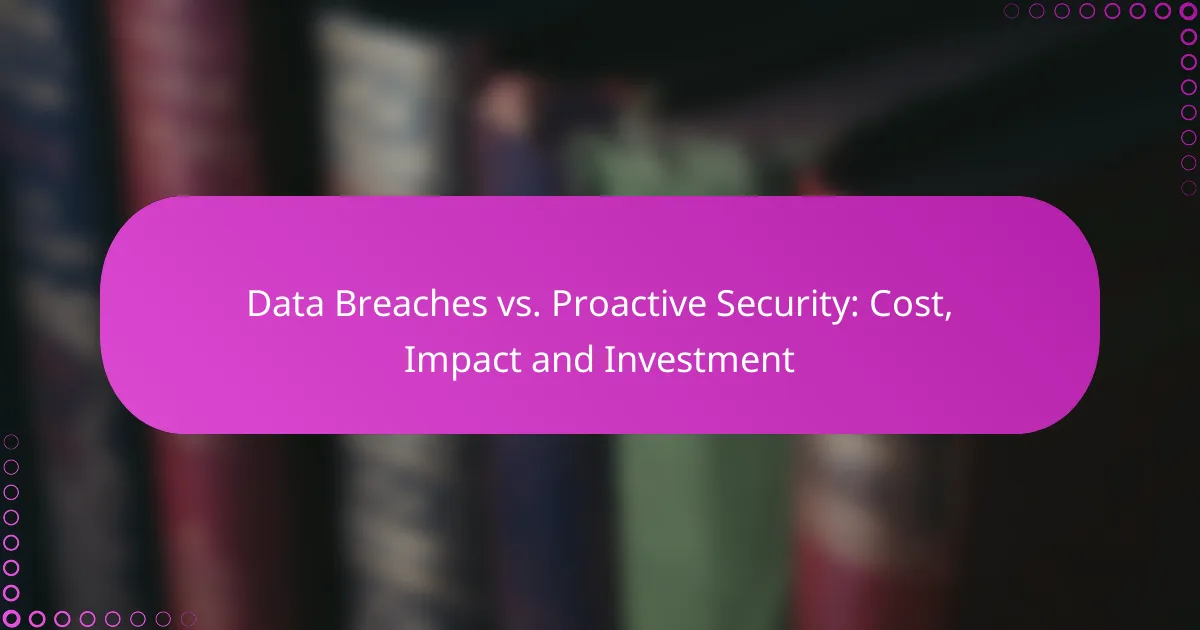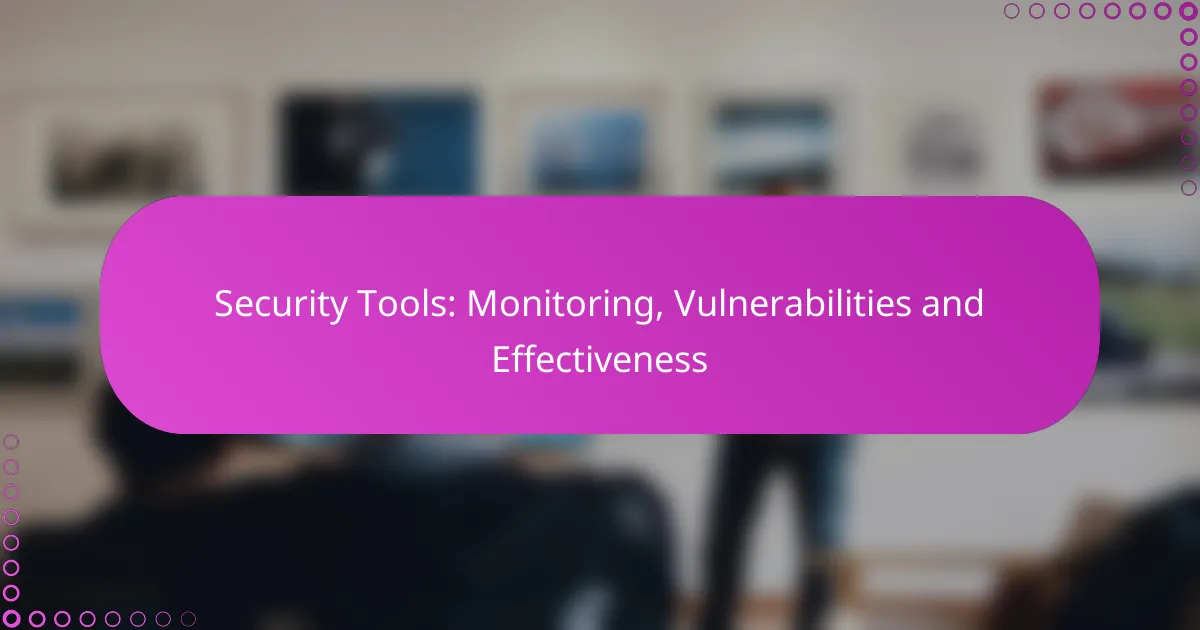Web application firewalls (WAFs) play a crucial role in safeguarding online applications by monitoring and filtering HTTP traffic to block malicious requests. With various options available, such as AWS WAF, Cloudflare WAF, and Imperva WAF, businesses must consider unique features and capabilities that align with their specific security needs. When selecting a WAF, it’s essential to prioritize features that enhance security, flexibility, and visibility for optimal protection and performance.
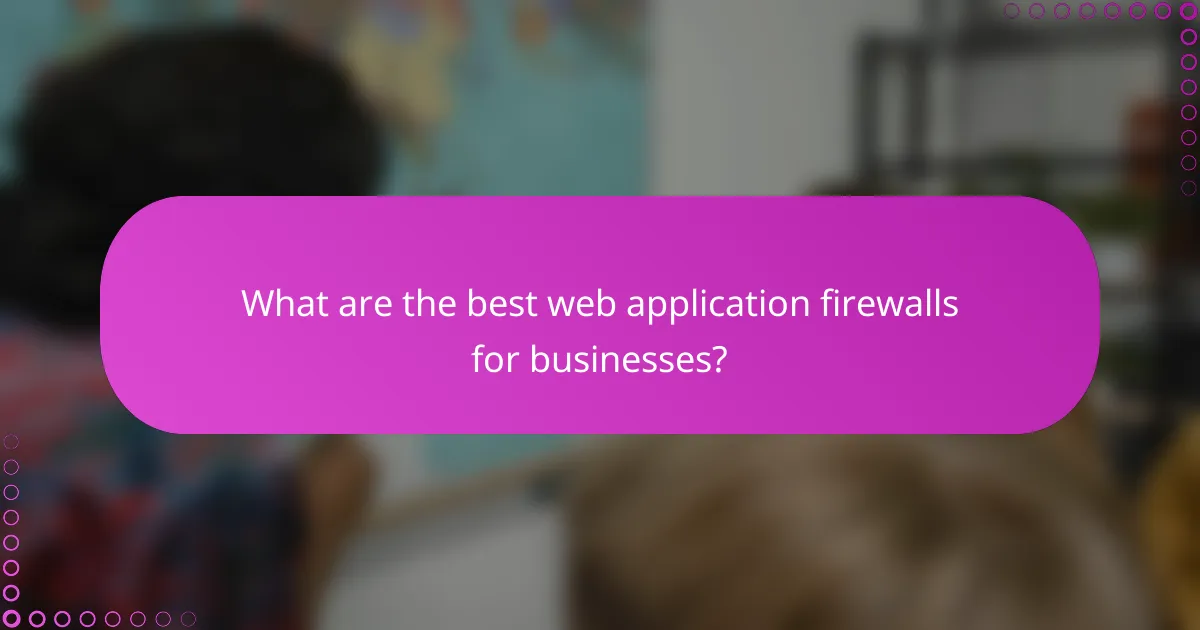
What are the best web application firewalls for businesses?
The best web application firewalls (WAFs) for businesses provide robust protection against online threats while ensuring minimal impact on performance. Key options include AWS WAF, Cloudflare WAF, Imperva WAF, F5 Advanced WAF, and Fortinet FortiWeb, each offering unique features tailored to different business needs.
AWS WAF
AWS WAF is a cloud-based firewall that integrates seamlessly with Amazon Web Services. It allows businesses to create custom rules to filter traffic based on specific criteria, such as IP addresses, HTTP headers, and body content.
Consider using AWS WAF if your infrastructure is primarily on AWS, as it offers scalability and flexibility. Pricing is based on usage, making it cost-effective for businesses of various sizes.
Cloudflare WAF
Cloudflare WAF is part of the Cloudflare security suite, providing comprehensive protection against common web threats. It uses machine learning to adapt and respond to new attack patterns in real-time.
This WAF is ideal for businesses seeking a user-friendly solution with a global content delivery network (CDN) integration. Its pricing structure includes a free tier, making it accessible for small to medium-sized enterprises.
Imperva WAF
Imperva WAF offers advanced security features, including bot protection and DDoS mitigation. It is designed for enterprises that require high levels of security and compliance with regulations such as GDPR.
When selecting Imperva, consider its robust reporting and analytics capabilities, which can help in monitoring threats and compliance. However, it may come at a higher price point compared to other options.
F5 Advanced WAF
F5 Advanced WAF provides extensive protection through application-layer security and API security features. It is suitable for businesses with complex application environments needing detailed traffic analysis.
This WAF is particularly effective for organizations that require customization and integration with existing security tools. Its pricing reflects its enterprise-level capabilities, which may be a consideration for budget-conscious businesses.
Fortinet FortiWeb
Fortinet FortiWeb combines machine learning and threat intelligence to protect web applications from a variety of attacks. It offers both cloud and on-premises deployment options, catering to diverse business needs.
FortiWeb is a good choice for businesses looking for a solution that integrates well with other Fortinet security products. Its pricing is competitive, making it a viable option for organizations of different sizes.

How do web application firewalls protect applications?
Web application firewalls (WAFs) protect applications by monitoring and filtering HTTP traffic between a web application and the internet. They identify and block malicious requests, ensuring that only legitimate traffic reaches the application.
Real-time threat detection
Real-time threat detection is a crucial feature of web application firewalls. WAFs analyze incoming traffic patterns and behaviors to identify potential threats as they occur. This allows for immediate action against suspicious activities, reducing the risk of successful attacks.
Many WAFs utilize machine learning algorithms to improve detection accuracy over time. By continuously learning from traffic data, they can adapt to new threats and minimize false positives, ensuring genuine users are not disrupted.
SQL injection prevention
SQL injection is a common attack where malicious SQL code is inserted into input fields, potentially compromising databases. WAFs prevent this by validating and sanitizing user inputs, ensuring that only safe queries are executed against the database.
To effectively mitigate SQL injection risks, choose a WAF that offers robust input validation features. Look for options that can automatically detect and block suspicious SQL patterns, providing an additional layer of security for your application.
Cross-site scripting protection
Cross-site scripting (XSS) attacks involve injecting malicious scripts into web pages viewed by users. WAFs protect against XSS by filtering out harmful scripts and ensuring that user-generated content is properly encoded before being displayed.
When selecting a WAF, consider its ability to detect various types of XSS attacks, including reflected and stored XSS. A comprehensive WAF will provide detailed logging and reporting features, allowing you to monitor and respond to potential threats effectively.

What features should you look for in a web application firewall?
When selecting a web application firewall (WAF), focus on features that enhance security, flexibility, and visibility. Key features include customizable rulesets, effective bot management, and robust reporting and analytics capabilities.
Customizable rulesets
Customizable rulesets allow you to tailor the WAF to your specific application needs, enhancing protection against unique threats. Look for a WAF that enables you to create, modify, and prioritize rules based on your application’s behavior and traffic patterns.
Consider a WAF that supports both predefined rules for common vulnerabilities and the ability to implement custom rules. This flexibility can help you address specific compliance requirements or business logic vulnerabilities unique to your organization.
Bot management
Effective bot management is crucial for distinguishing between legitimate users and malicious bots. A good WAF should offer features to identify, block, or challenge suspicious bot traffic while allowing genuine users seamless access.
Look for capabilities such as rate limiting, CAPTCHA challenges, and IP reputation scoring. These features help mitigate risks from automated attacks, such as credential stuffing or web scraping, which can significantly impact your application’s performance and security.
Reporting and analytics
Robust reporting and analytics features provide insights into traffic patterns, threats, and the overall effectiveness of your WAF. A comprehensive dashboard should display real-time data on blocked attacks, traffic sources, and compliance status.
Choose a WAF that offers customizable reports and alerts, allowing you to monitor key performance indicators and respond promptly to emerging threats. This data-driven approach can help you refine your security posture and ensure compliance with industry regulations.
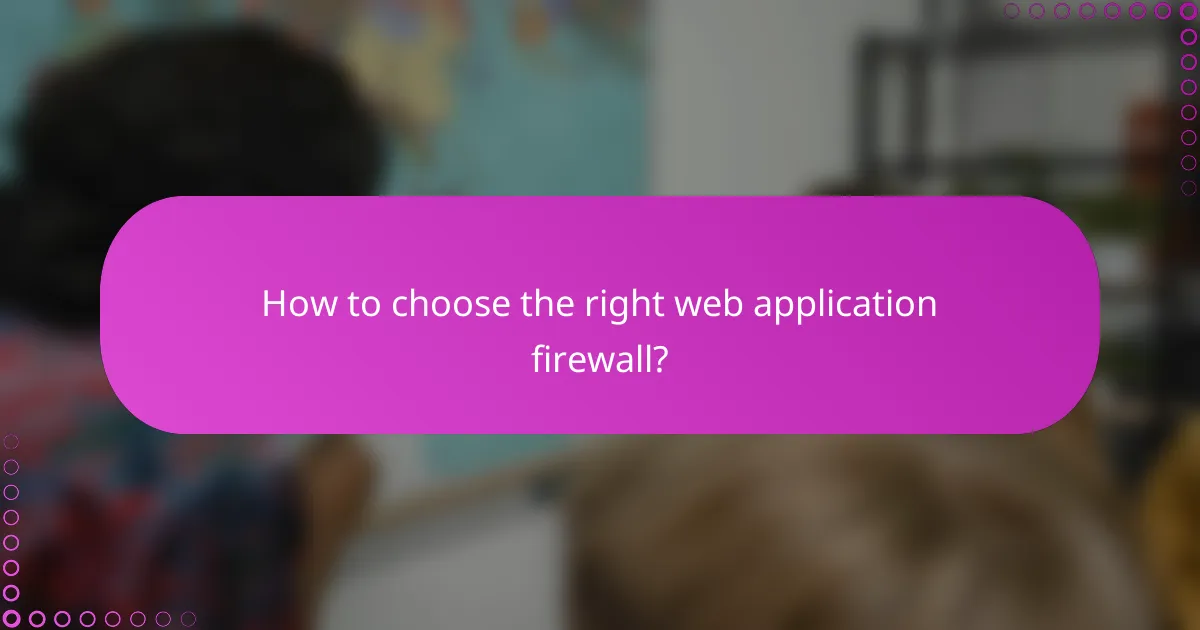
How to choose the right web application firewall?
Choosing the right web application firewall (WAF) involves understanding your specific security needs, scalability requirements, and integration capabilities with existing systems. A well-selected WAF can significantly enhance your web application’s security posture and performance.
Assess business needs
Start by identifying the specific threats your web application faces, such as SQL injection, cross-site scripting, or DDoS attacks. Consider the type of data you handle, including sensitive customer information, which may require compliance with regulations like GDPR or CCPA.
Evaluate your organization’s size and industry to determine the level of protection needed. For instance, e-commerce platforms may require more robust security measures than a simple informational website.
Evaluate scalability options
Scalability is crucial as your web application grows. Ensure the WAF can handle increased traffic without compromising performance. Look for solutions that offer flexible scaling options, such as cloud-based WAFs that can adjust resources dynamically based on demand.
Consider the expected growth of your user base and data volume over the next few years. A WAF that can scale seamlessly will save you from needing to switch solutions later, which can be costly and disruptive.
Consider integration capabilities
Check how well the WAF integrates with your existing infrastructure, including web servers, content delivery networks (CDNs), and security information and event management (SIEM) systems. A WAF that works well with your current tools will streamline security management and enhance overall effectiveness.
Look for features like API support and compatibility with popular platforms such as AWS, Azure, or Google Cloud. This ensures that your WAF can be easily incorporated into your tech stack without extensive reconfiguration.
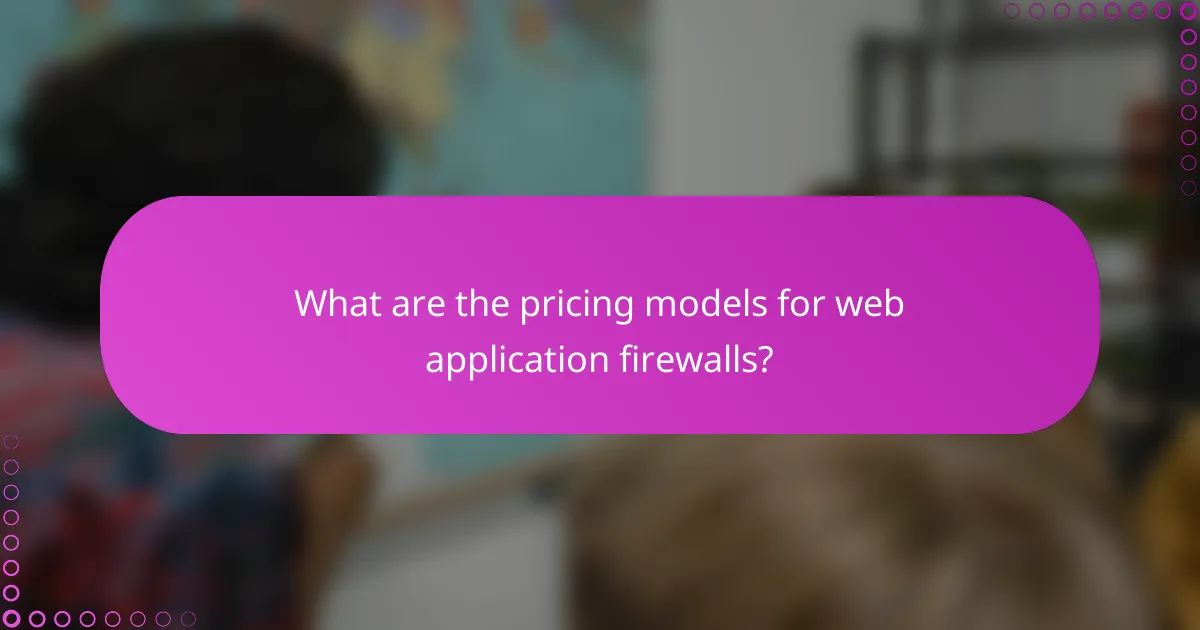
What are the pricing models for web application firewalls?
Web application firewalls (WAFs) typically follow several pricing models, including subscription-based, pay-as-you-go, and one-time licensing fees. Understanding these models helps organizations choose a WAF that aligns with their budget and usage needs.
Subscription-based pricing
Subscription-based pricing is common for cloud-based WAFs, where users pay a recurring fee, often monthly or annually. This model usually includes regular updates, support, and scalability options, making it suitable for businesses that expect growth or fluctuating traffic.
Costs can vary widely, generally ranging from a few hundred to several thousand dollars per month, depending on features and traffic volume. It’s essential to evaluate what is included in the subscription, such as the number of protected applications and the level of customer support.
Pay-as-you-go pricing
Pay-as-you-go pricing allows businesses to pay only for the resources they use, which can be cost-effective for those with variable traffic patterns. This model is particularly beneficial for seasonal businesses or those launching new applications.
Pricing is typically based on metrics like the number of requests or data processed. While this model can save money during low-traffic periods, it’s crucial to monitor usage to avoid unexpected costs during peak times.
One-time licensing fees
One-time licensing fees are more common with on-premises WAF solutions, where organizations pay a lump sum for the software. This model may appeal to businesses that prefer to manage their infrastructure and avoid ongoing costs.
However, organizations should consider additional expenses for maintenance, updates, and support, which may lead to higher long-term costs. This model can be advantageous for companies with stable traffic and a desire for complete control over their security infrastructure.

